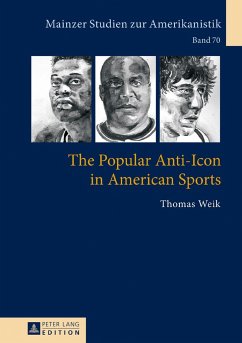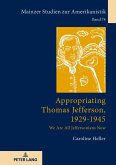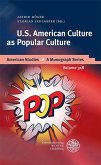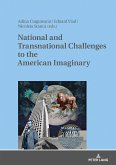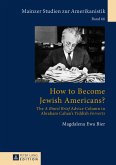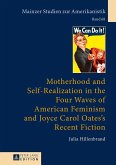Amidst the flood of studies on cultural icons as ordering elements of societies and role models, sports icons have been neglected in scholarship despite their significance in the US. Even less attention has been paid to the emergence of popular «anti-icons» who undermine the original sports-hero ideology and its claim of the interdependence of athletic success and moral normativity.
This study analyzes the phenomenon of the popular anti-icon in American sports. Based on case studies of Joe Namath, Dennis Rodman and Barry Bonds the author shows how this phenomenon has become visible from the 1960s onwards because of profound changes within the media and sports, as these fields became increasingly intertwined. These athletes subverted the sports-hero ideology and still became successful on the field but also popular off the field - especially in commercializing their anti-iconic images.
This study analyzes the phenomenon of the popular anti-icon in American sports. Based on case studies of Joe Namath, Dennis Rodman and Barry Bonds the author shows how this phenomenon has become visible from the 1960s onwards because of profound changes within the media and sports, as these fields became increasingly intertwined. These athletes subverted the sports-hero ideology and still became successful on the field but also popular off the field - especially in commercializing their anti-iconic images.

